Marvel Studios’ The Fantastic Four: First Steps reimagines the origin story of Marvel’s First Family for a new era. Directed by Matt Shakman, the film is set in a retro futuristic version of the 1960s and follows brilliant scientist Reed Richards (Pedro Pascal), force field wielding Sue Storm (Vanessa Kirby), hotheaded Johnny Storm (Joseph Quinn), and rock skinned Ben Grimm (Ebon Moss-Bachrach) as they work to defend Earth. Their greatest challenge emerges in the form of Galactus, a cosmic force of destruction whose arrival threatens all life as we know it. To help deliver that scale and spectacle, SDFX Studios crafted expansive 3D Immersive VFX that draw viewers into the heart of the story.
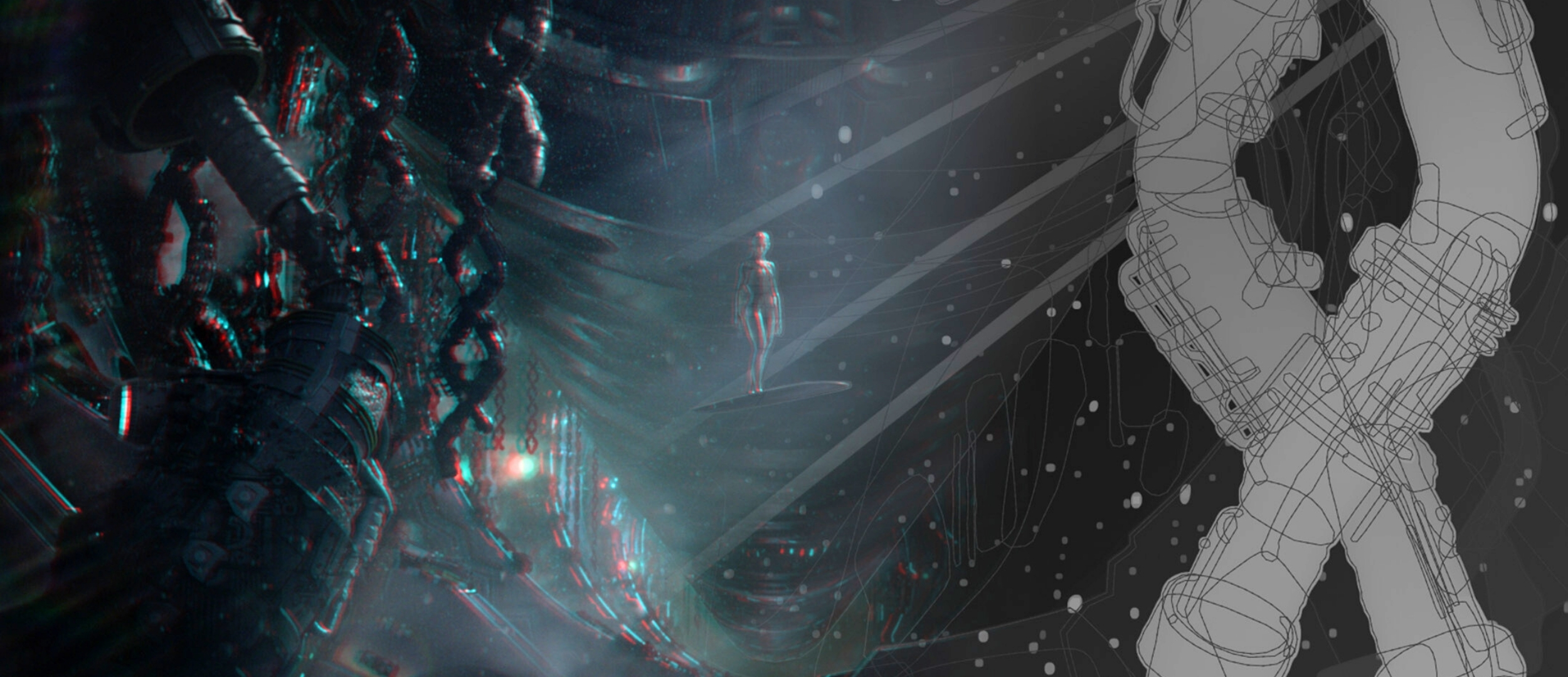
Stereographer Jason Bomstein, collaborating closely with Marvel Studios’ Emma Webb and her team, led the stereoscopic design with a focus on scale, emotion, and immersion."Galactus isn’t just big. He’s bigger than you can possibly imagine," Bomstein said. “We wanted audiences to feel that awe. That’s where 3D becomes part of the story.” In one standout sequence where the Fantastic Four confront Galactus for the first time, Bomstein used deep stereo pushes and precise spatial cues to emphasize just how small the heroes are in comparison. “We made the scale huge, way bigger than usual,” he said. “The team looks like small dots next to him. You feel how fragile we are in the face of something that enormous.”
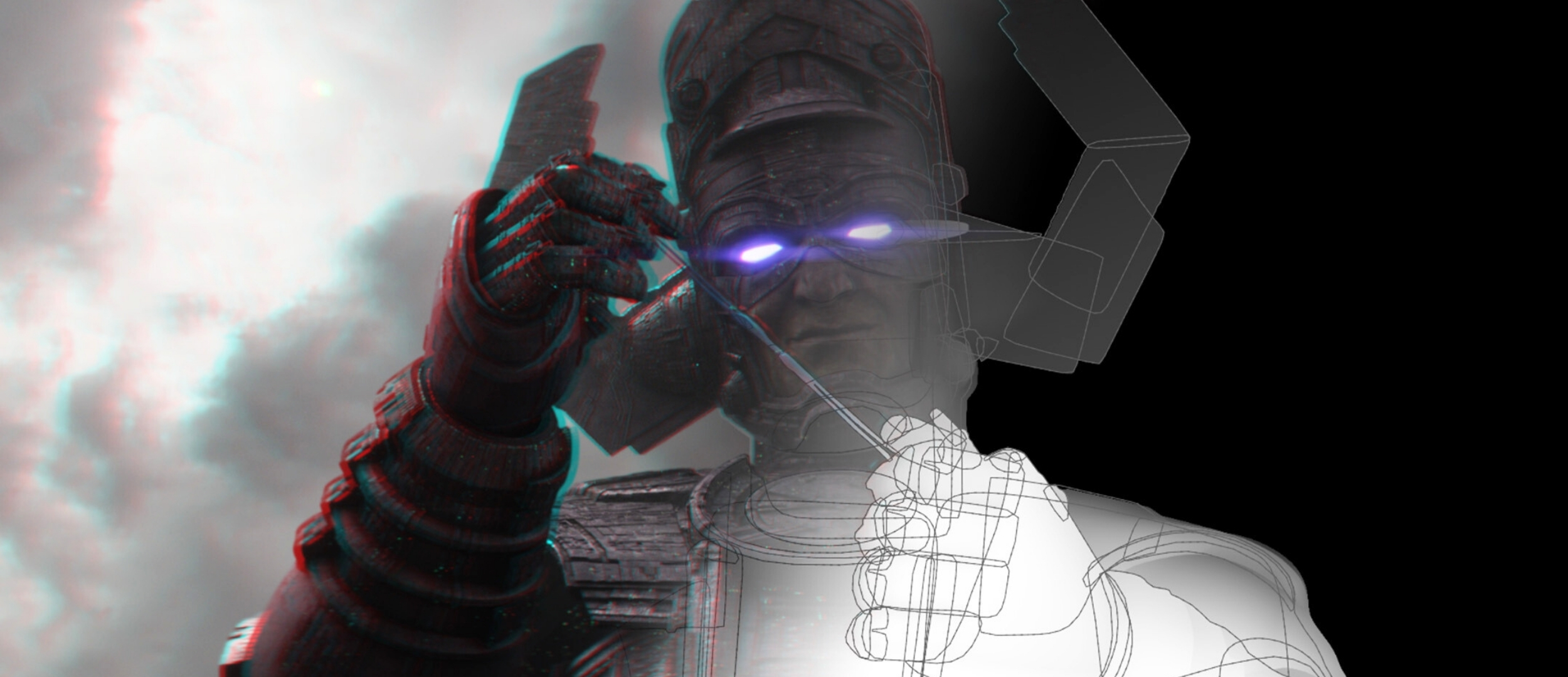
That sense of scale extended to the characters themselves. Reed’s elasticity allowed for playful interaction with depth and space. “You can place him at the back of a scene and have his hand reach into the foreground,” Bomstein explained. “His body literally plays with the space.” Sue’s light-bending powers brought new challenges, especially in layering force fields and atmospheric energy. “She bends light, creates shields, and manipulates force fields. These are all transparent, layered effects that come alive in 3D,” he said. “What might just look cool in 2D becomes something you actually feel around in stereo. That sense of atmosphere around her took a lot of fine-tuning.”
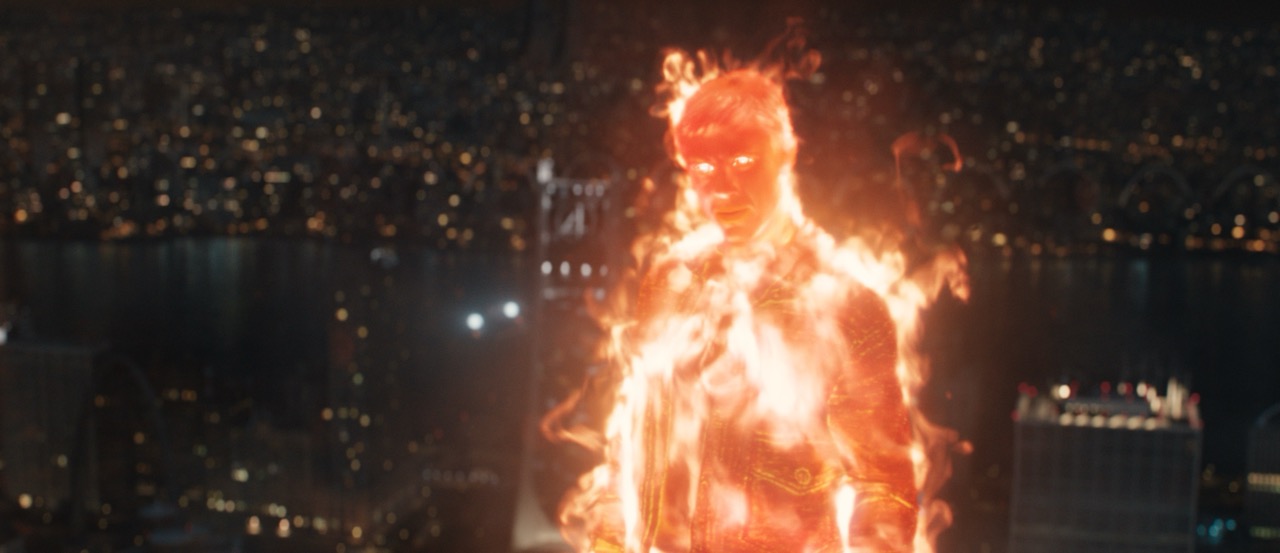
Johnny Storm’s flight scenes were crafted for momentum and thrill. “You get this incredible parallax as the world bends behind him,” Bomstein noted. “We played with scale and speed in ways that give you that thrill like you’re strapped in with him.” And the Silver Surfer’s gliding movement was mapped with elegance and freedom. No suit, no cockpit. Just her and the board,” Bomstein said. “That purity of motion made her sequences some of the most exhilarating to stereo map. It’s pure movement.”
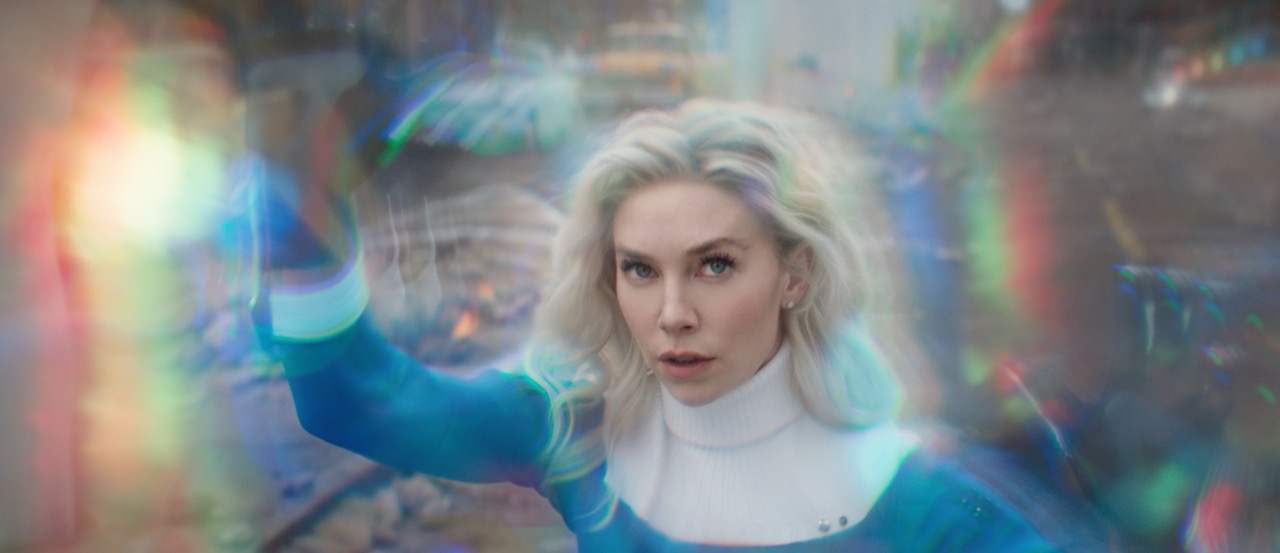
Even quiet moments benefited from subtle stereo cues. A scene between Reed and Sue uses slight shifts in depth to bring emotional tension forward. “When backgrounds fall away, 3D can isolate a character,” Bomstein said. “That little bit of separation pulls the audience in. It creates a sense of closeness. You feel like you’re right there with them.”
Emma Webb’s steady creative leadership helped balance the spectacle with intention. “Emma knows exactly when to dial things up and when to hold back,” Bomstein said. “With her guidance, we made even the biggest cosmic moments feel grounded in emotion.”
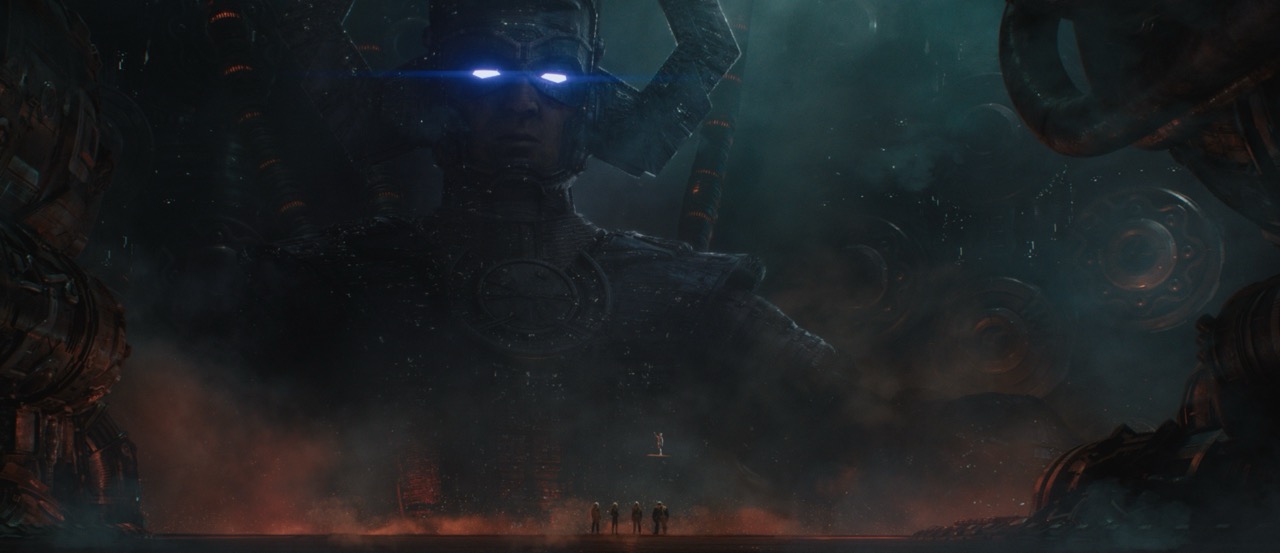
From awe-inspiring cosmic scale to nuanced emotional detail, SDFX Studios brought a fully immersive lens to The Fantastic Four: First Steps. The result is a dynamic visual experience that extends far beyond the screen, inviting audiences to feel the energy, scope, and intimacy of Marvel’s First Family like never before.
Marvel Studios’ The Fantastic Four: First Steps is now playing in theaters. For the whole immersive experience, see it in 3D.
For more on SDFX Studios’ 3D Immersive VFX work, click here.